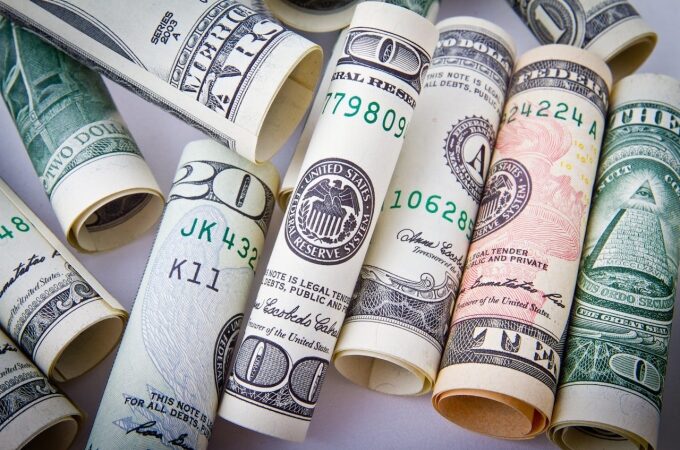
Fed is expected to bring down its rates starting from the summer. The CEM FedWatch Tool, which measures market expectations for fed fund rate changes, anticipated that the reserve will bring down the rate by 0.25 percentage points in June at the earliest.
The Chinese yuan, which has been dropping against the U.S. dollar, is expected to not go any lower if the Fed cuts its rate.
“While the exchange rate has weakened to a 7 handle on the USD/CNY rate, reflecting a weaker economic situation in China, further weakening is unlikely as policymakers start to be more aggressive in fiscal stimulus, credit growth, and propping up property values,” said Arun Bharath, chief investment officer at Bel Air Investment Advisors, as quoted by CNBC.
Last year, the onshore yuan reached a 16-year low against the dollar at 7.2981 and is now at around 7.1979.
A cut on the Fed rates would help slow down the fall of the Japanese yen which is now hovering at the lowest against the dollar in in three months.
The greenback on Tuesday rose 0.2% to 150.42 yen, having already surpassed the key 150 yen level for six straight sessions and prompting warnings from Japanese officials in a bid to stabilize the currency, Reuters reported.
Masato Kanda, Japanese Vice Finance Minister for International Affairs, hinted early Wednesday at the possibility of currency intervention after the yen fell as low as 150.89 per dollar in the early morning in Tokyo, according to Bloomberg.
He also reiterated that his ministry and the Bank of Japan are in close contact and that the government respects any policy decision the bank makes.
The South Korean won has faced challenges over the past three years. However, the outlook for 2024 is more positive, thanks to better economic conditions and a more relaxed policy from the Federal Reserve, which are expected to alleviate these pressures.
“As a low yielding and highly cyclical currency, we think the Korean won stands to be one of the major beneficiaries of the Fed’s easing cycle in the second half of the year as lower U.S. rates will not only reduce pressure on KRW through the rates channel but will also lead to an uptick in the global growth outlook,” said Simon Harvey, head of FX analysis at Monex, as quoted by CNBC.
